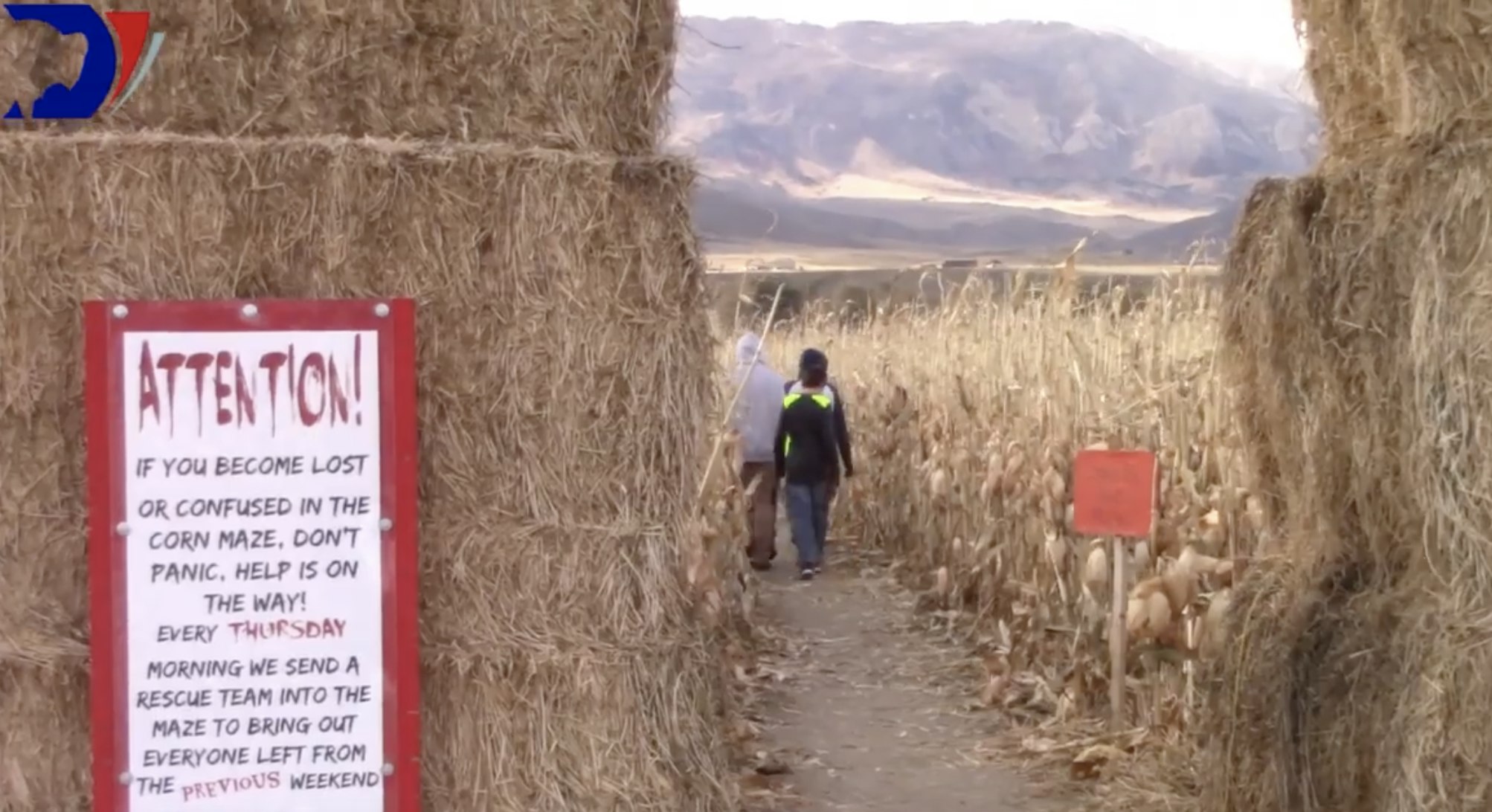As Wyoming’s grizzly bear population continues to grow, the animals are increasingly moving into situations that put them in conflict with humans, according to a state Game and Fish Department official.
Dan Thompson, director of the department’s Large Carnivore Section, said his department is facing new challenges as it attempts to manage the bears to prevent conflicts with humans as the grizzlies spread into new areas.
“It’s a term I use: ‘The reality of recovery,’” he said. “We don’t want people to be punished for a recovered grizzly population. So those are the things we deal with now. We’re trying to do what’s right for bears and for people, obviously.”
Last year, some grizzly bears made themselves at home in a corn maze in Clark run every October by the Gallagher family.
Bridget Gallagher said a sow and her cubs entered the maze 2018, forcing the family to close the operation while the Game and Fish Department worked to remove the bears. The family then put an electric fence around the maze and Gallagher said it was roughly one week before the business could open again.
“The actually made a lot of sacrifices,” Thompson said. “Shutting down their money-making efforts to make sure people were safe and we had a lot of management work to try to get the bears out of there.”
This year, the fence went up before the maze opened, Gallagher said, and no bears have been seen.
“We decided we were going to be proactive and we were going to put up the fence before we even started,” she said.
Such experiences are growing more common as the area grizzly population increases and expands, Thompson said.
“We’ve seen the grizzly bear population increase in distribution more than 50 percent since the early 2000s,” he said. “As they move into newer areas … we’re having bears move into these situations where we don’t expect the public to make the sacrifices that people did within the core (recovery area).”





